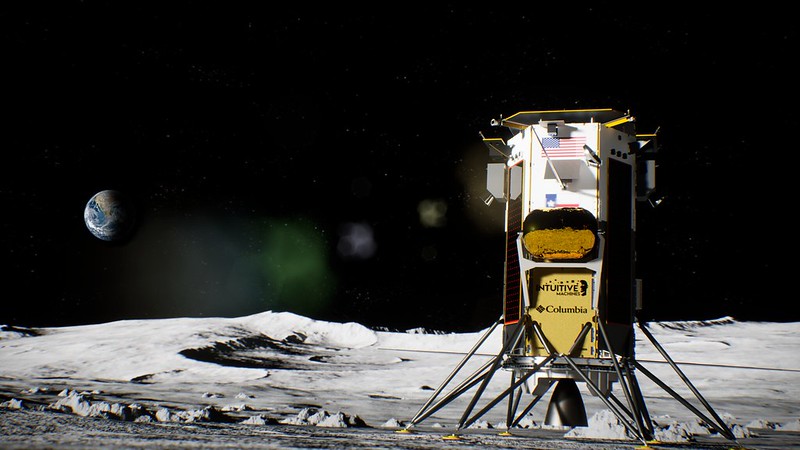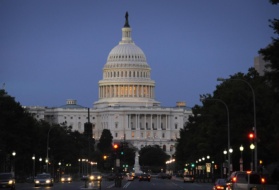Over the next several months, traffic is expected to ramp up on the Moon, but unlike the first race to the Moon, it will be commercial vehicles leaving their tracks behind.
NASA’s decision to tap commercial partners to deliver scientific payloads to the Moon is the latest in a broader space agency move toward boosting cooperation with the private sector as evidenced by programs to have companies send both cargo and astronauts to the ISS.
A brief history: The Commercial Lunar Payload Services, or CLPS, program, which launched in 2018, now includes 14 companies eligible to compete for contracts worth a cumulative $2.6B through 2028.
Two missions have already been completed:
- Astrobotic’s Peregrine launched to the Moon in January, but a propellent leak led to it never reaching the Moon.
- Intuitive Machines launched its Odysseus lander, which successfully landed and operated on the Moon’s south pole, though it tipped over after landing.
The goal: Through the program, NASA is doling out relatively small dollar fixed-price contracts worth ~$100M each to purchase the service of lunar transportation rather than buying the hardware itself, which is how the agency has historically operated.
NASA is hoping these small investments in companies looking to get to the Moon will pay off big time with a thriving commercial lunar ecosystem that counts the space agency as just one customer.
Key players: More than a dozen companies are eligible to receive contracts under the CLPS program, including Blue Origin, Lockheed Martin Space, Moon Express, SpaceX, and Sierra Nevada Corporation. However, contracts have so far gone to a handful of players, including:
- Astrobotic, which has received two task orders from NASA
- Draper, which is partnering with ispace on its contracted mission to land on the far side of the Moon
- Intuitive Machines, which was awarded its fourth CLPS mission last month
- Firefly, which has been contracted by NASA for two trips to the lunar surface
What’s next: The program has a robust manifest of upcoming flights that includes:
- Firefly is expected to fly its first Blue Ghost mission for NASA in Q4.
- Intuitive Machines is also planning to launch its second mission this year, and is targeting its third mission in 2025.
- Astrobotic is aiming to fly a dummy payload on its Griffin lander in fall 2025 after NASA canceled the VIPER mission.
- Draper is expecting to launch its first CLPS mission in partnership with ispace next year.




